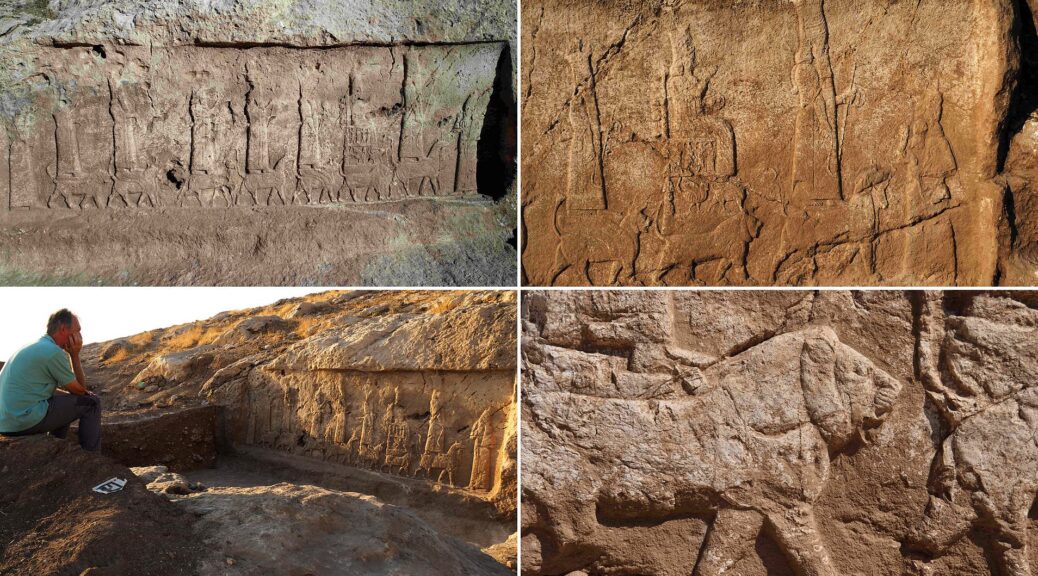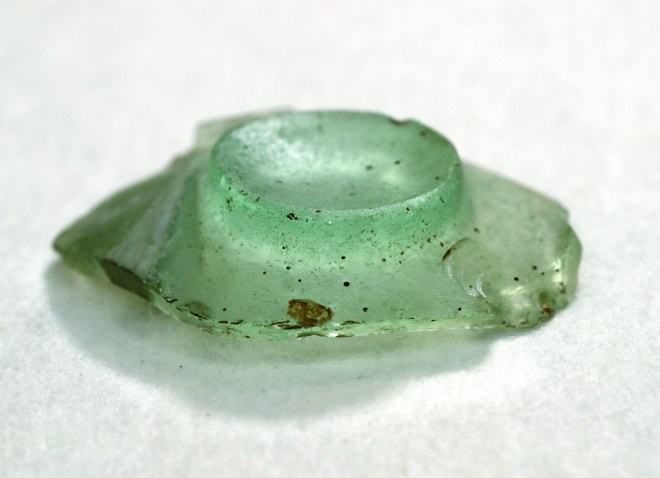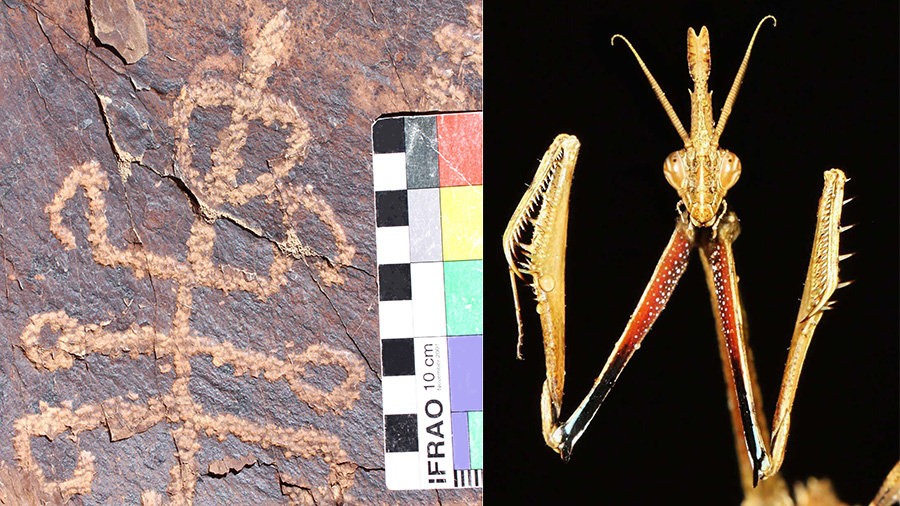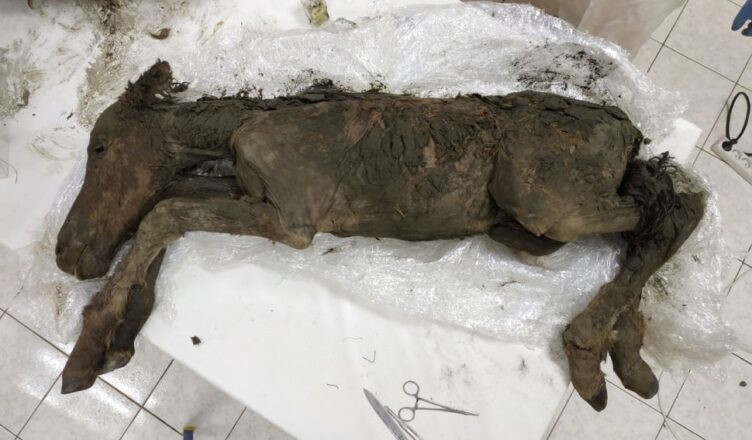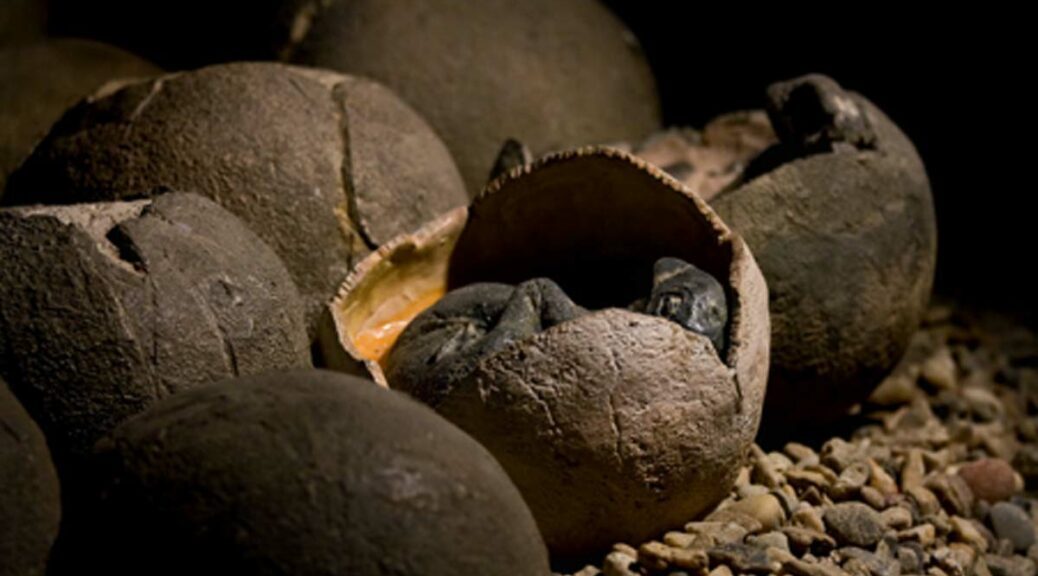Ancient rock carvings that escaped the wrath of ISIS discovered in Iraq
After being attacked by ISIS, ancient carvings of an Assyrian king honoring the gods and surrounded by mythical beasts were safely uncovered in Iraq.
In 2014, ISIS captured Mosul city and archaeologists were forced to leave Faida’s archeological site, as the militant group was just 15 miles away. The ten rock reliefs were found in the Kurdistan region of Iraq and are believed to be the first of their kind discovered in 150 years.
In 2012, the site was surveyed by archeologists and it was not until late last year, with the self-proclaimed caliphate overthrown, that archaeologists were able to return and excavate the treasures left behind.


Ancient carvings menaced by the advance of ISIS have finally been revealed after the terror group’s defeat, in the first discovery of its kind for more than 150 years. Italian and Iraqi archaeologists uncovered the reliefs 12 miles (20km) south of the Kurdistani city of Duhok. Expedition leader, Daniele Morandi Bonacossi of the University of Udine in Italy, said nothing like the carvings had been found since 1845.
‘Assyrian rock reliefs are extremely rare,’ he said.
‘There is no other Assyrian rock art complex that can be compared with this one, with the only exception being Khinis, in the north-eastern part of the region.’ ISIS, or Islamic State, was remorseless in destroying antiquities it felt were idolatrous, though it also looted artifacts to sell. At the height of its powers, its fighters were only 15 miles from the dig site. But even now, with ISIS defeated, the rock carvings face fresh threats.
‘The most serious threats are vandalism, illegal excavations and the activities of the nearby village that are literally besieging the site,’ said Professor Bonacossi.
‘One of the reliefs was illegally excavated and thereby damaged in May 2019, and the owner of one farmstead has partly destroyed one of the reliefs in order to expand his cow stable.
‘The only way to protect the site is to fence it off and guarantee a constant security service controlling the area.
‘The Duhok Governorate is committed to guaranteeing the protection of the reliefs.’



The reliefs once decorated the banks of the Faida irrigation canal, which was part of a vast network that brought water to the Assyrian capital, Nineveh. The canal was likely built during the reign of Sargon II, whose successor, Sennacherib, is believed to have incorporated it into the wider network.
Both kings are named in the Bible for their military exploits, with the former conquering the Kingdom of Israel. The figures on the panels are shown in profile, facing left, in the direction the water would have flowed. Among the deities depicted is Ashur, the main Assyrian god, his wife Mullissu, the moon god Sin and the sun-god Shamash. They are shown astride mythical beasts including dragons and horned lions.
‘The reliefs tell us that the construction of this local irrigation system was celebrated by royal power through the carving of rock reliefs,’ said Professor Bonacossi. The excavation of impressive irrigation systems across the core region of the Assyrian empire changed the economic foundation of the regions involved.
‘It transformed them from extensive dry-farming regions into highly-productive irrigation agriculture areas.
‘But it also profoundly modified the space and settlement patterns in the core of the Assyrian empire.’
Professor Bonacossi believes the site could hold more secrets still.
‘During the excavation of one relief, we found another which was not visible at the surface,’ he said.
‘This means that probably many other reliefs are still to be found and that this rock art complex is larger than we expected.
‘This explains why the Faida archaeological site is so important.’

